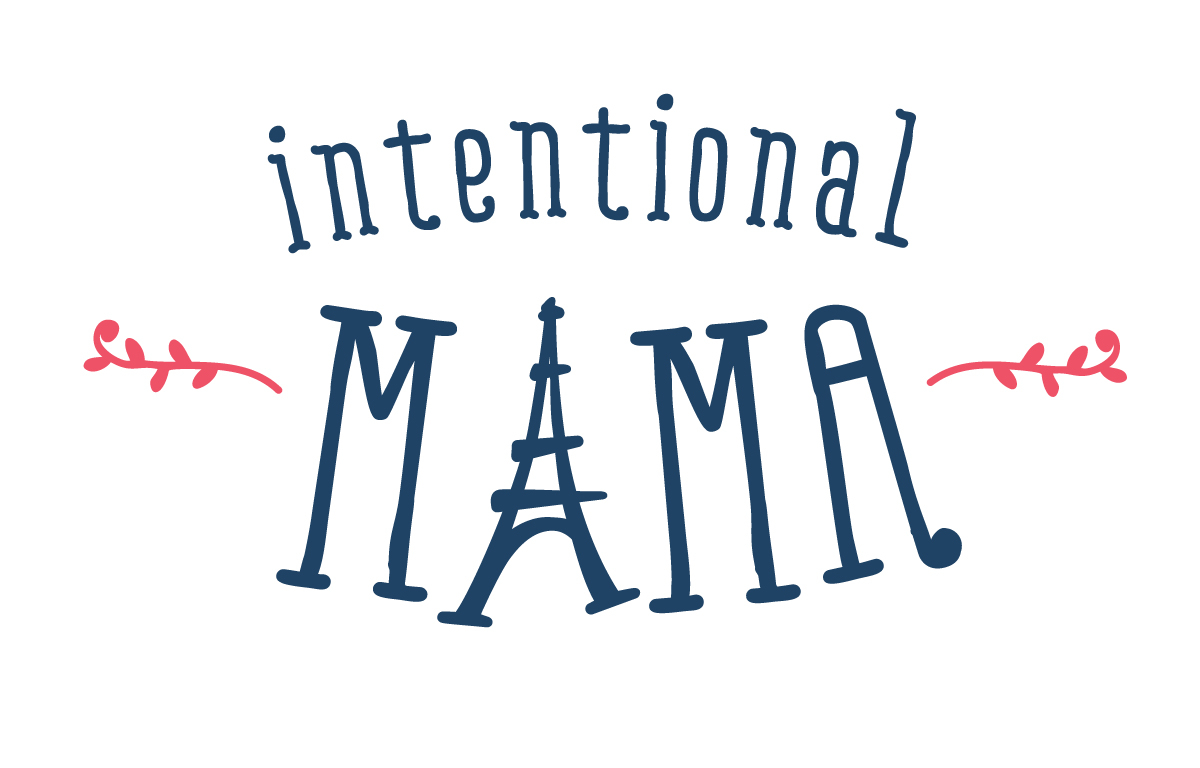Making Crêpes on La Chandeleur or Valentine's Day
In America, yesterday was Super Bowl Sunday and Groundhog Day; In France, Belgium, and Switzerland, yesterday was La Chandeleur and people there ate crêpes for dinner and dessert. (In Mexico, they ate tamales.) La Chandeleur is a holiday that celebrates light and the dedication of the infant Jesus in the Temple (Luke 2 in the Bible) and it takes place forty days after Christmas--February 2nd. Crêpes' round shape and golden color are a reminder that spring sunshine is near.
If you've never made a crêpe, I'll show you how. We enjoy crêpes for breakfast at least once every week or two! And they would be a lovely way to celebrate Valentine's Day.
Photo by Aaron G
Ingredients:
- 4 eggs
- 2 1/4 cups milk (or non-dairy milk)
- 2 cups flour (I use either whole wheat pastry flour or a mix of white & whole wheat)
- 1/4 cup melted butter (or any oil)
- pinch salt (about 1/4 tsp)
This recipe will make about 10 crêpes. If you're in a hurry or you'd rather rely on memory, use a 3-2-1 crêpe recipe: 3 eggs, 2 cups milk, 1 cup flour, and a pinch of salt. (This recipe makes about 8 crêpes.) It's easy, quick, and simple enough for classroom use too.)
Blend the ingredients in a blender for 1 minute; stop it and scrape any stuck flour off the sides with a spatula and blend for another 15 seconds.
Ideally, you'd refrigerate the batter for an hour to create a lighter, airier crêpe, but it's perfectly acceptable to use it immediately (as I usually do). Swirl a tablespoon of oil or butter in a stainless steel pan and preheat the pan on medium-high heat. (Don't use a non-stick pan--you do want the batter to stick to the sides a bit or the crêpe will be too thick.)
In a few minutes, when the oil looks shiny from the heat of the pan, pour about 1/4 cup of batter in the center and use the handle to tilt and swirl the batter to the edges of the pan. (It should be hot enough that you hear the batter sizzle when poured in.) You want the batter spread as thinly as possible.
The initial pour
A crêpe ready to flip
In a minute or two when the crêpe looks lacey at the edge and dry in the center, slip a spatula under the edges and lift the crêpe to flip it. (If you've done this many times, you can start getting fancy with your flips: French tradition says to clutch a coin in your dominant hand and use your other hand to hold the pan and toss the crêpe in the air--it's good luck if you manage this!).
The other side of the crêpe will cook even more quickly than the first, so within a minute, transfer the cooked crêpe to a plate.
You shouldn't have to re-oil the pan after the first crêpe. The first crêpe usually seasons the pan and may stick and tear easily but the following crêpes usually turn out better than the first.
Add a filling: savory crêpes can be made with ham and cheese, but I think Nutella (or Nutella and banana slices) is the most popular choice for French children. Being dairy-free, I prefer raspberry jam. (Bonne Maman's Four Fruits spread is perfect for crêpes and is sold in many American grocery stores). Lemon juice and sugar is another option.
Bon appetit!
Troubleshooting:
- If the batter clumps before you can spread it around, the pan is too hot.
- If the crêpe sticks when you try to flip it, it's too hot or been in the pan too long. Spread another Tbsp of butter or oil to the pan before making the next crêpe.
- If the crêpe is heavy and awkward to flip, the batter was not spread thin enough.
In English, crepe rhymes with grape, but the French pronunciation is krehp--it rhymes with pep. Regardless, crêpes have delicious variations worldwide: palacsinta in Hungary, enchiladas in Mexico, egg rolls in China, blintz in Jewish culture, cannelloni in Italy, blini in Russia, plättar in Scandinavia, and of course, pancakes in America!
What toppings have you tried and enjoyed on a crêpe?









